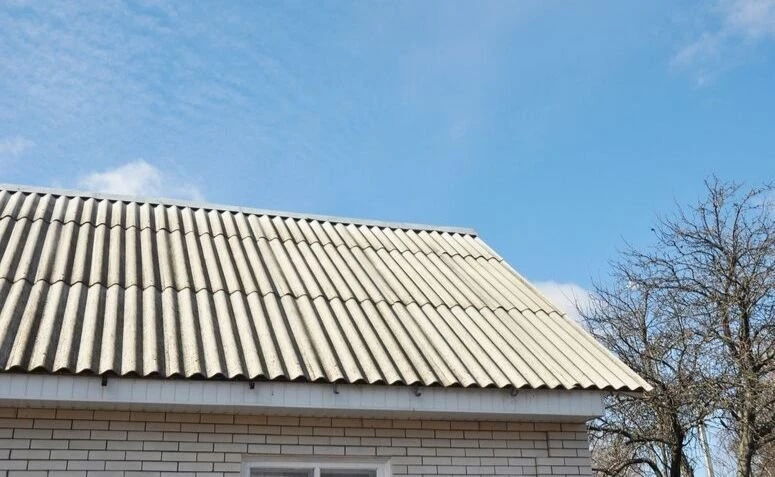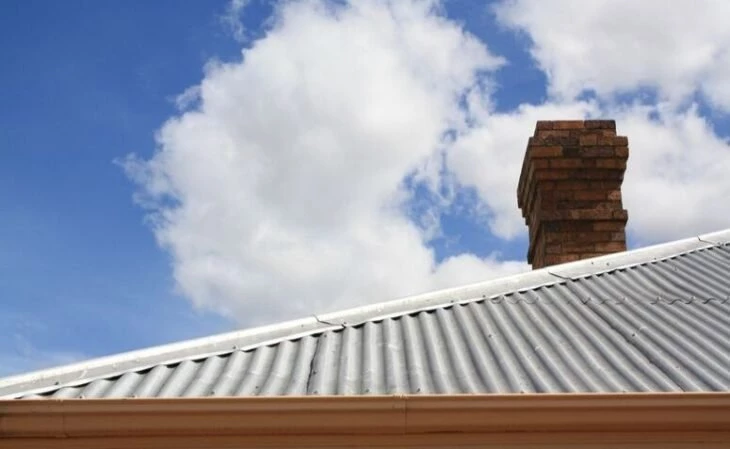Table of contents

Civil construction is a sector that has great impacts on the environment, which is why more and more sustainable solutions are being adopted. one such example is the ecological roof tile, a material that can replace the traditional metallic or fiber cement roof tiles and contribute positively to the environment by saving resources.
If you are looking for ecologically correct materials, learn more about this type of tile and find out the advantages and disadvantages of using it in your construction site:
What is ecological tile?
The ecological tile is a type of tile made from natural fiber waste, such as wood and coconut, or with the reuse of fibers from recycled materials such as paper and PET bottles.
See_also: How to Move: A Complete Guide to Avoid HeadacheIt is an ecologically correct material, because it stimulates recycling by reusing elements that would be discarded as raw material. A good way to protect your building and the environment.
Types of green roof tiles
There is a diversity of sustainable raw materials that can be used for the manufacture of this material:
- Ecological vegetal fiber tile: This type is manufactured with wood fibers such as eucalyptus or pine, or with natural fibers such as sisal, coconut, and banana. They can be found in several colors and are used to cover houses, commercial buildings, and warehouses.
- Ecological pet bottle tile: is made from recycled PET bottles that are separated according to the color of the plastic. Thus, it can have a translucent or colored appearance. It is produced in a colonial format, like traditional ceramic tiles.
- Ecological tetra pak roof tile: The aluminum and the plastic of the boxes are totally reused in its composition. It is normally commercialized in the standard size of 2.20 x 0.92 m, but it can be easily cut.
- Ecological cardboard tile: This type is produced with recycled paper, which is dissolved to extract the cellulose fiber and then, mixed with asphalt bitumen, which ensures the resistance of the tile. It can have varied colors and sizes.
All these types of tiles have in common the fact that they use ecological raw materials in their production. This way, they prevent tons of materials from being discarded in dumps and landfills, contributing to the preservation of the environment's resources.
Ecological tile: advantages and disadvantages

Besides being sustainable, the ecological roof tile also has other advantages over traditional types of roof tiles:
Advantages
- Lightness: is a lighter tile when compared to traditional models, such as ceramic or fiber cement. With its use it is possible to reduce the amount of wood or other structure used for the roof, which can generate good savings in the total cost of the work.
- Thermal insulation: despite differences between the materials, in general, the ecological tile presents itself with protection against UV rays and low heat transmission, which helps to reduce the temperature of the internal environment.
- Acoustic insulation: also does not propagate sound and prevents external noise from passing through the roof.
- Durability: is highly durable, with a long service life. In addition, it does not break, does not crack, and is resistant to hailstorms.
- Immune to mold and fungi: Unlike other types of tiles, it does not accumulate mold or fungus, which makes it easier to clean and maintain the roof.
- Non-toxic: All types of ecological roof tiles are produced with non-toxic materials and present no risk to occupants, unlike asbestos tiles, which can cause serious health problems.
Although they have several benefits and advantages, ecological roof tiles also have some disadvantages. It is always recommended to research, analyze, and seek advice from professionals and manufacturers.
Disadvantages
- Installation: Its installation must be done by specialized professionals always following the manufacturer's manual.
- Tilt: The roof pitch must follow the minimum and maximum recommendations for each shingle format. In general, 15% is recommended.
- Keeping an eye on quality: it is necessary to be attentive when acquiring this material, because it is important to be sure of its quality and durability guarantee from the manufacturer.
Despite having some disadvantages and being made with recyclable materials, the ecological tile presents itself as an efficient product as much as other types of tiles and can be a great option for your work, besides, of course, contributing to the reduction of damage to the environment.
And for those who are looking for other sustainable solutions for construction, get to know the ecological brick.
See_also: Christmas tree templates for a celebration full of magic

